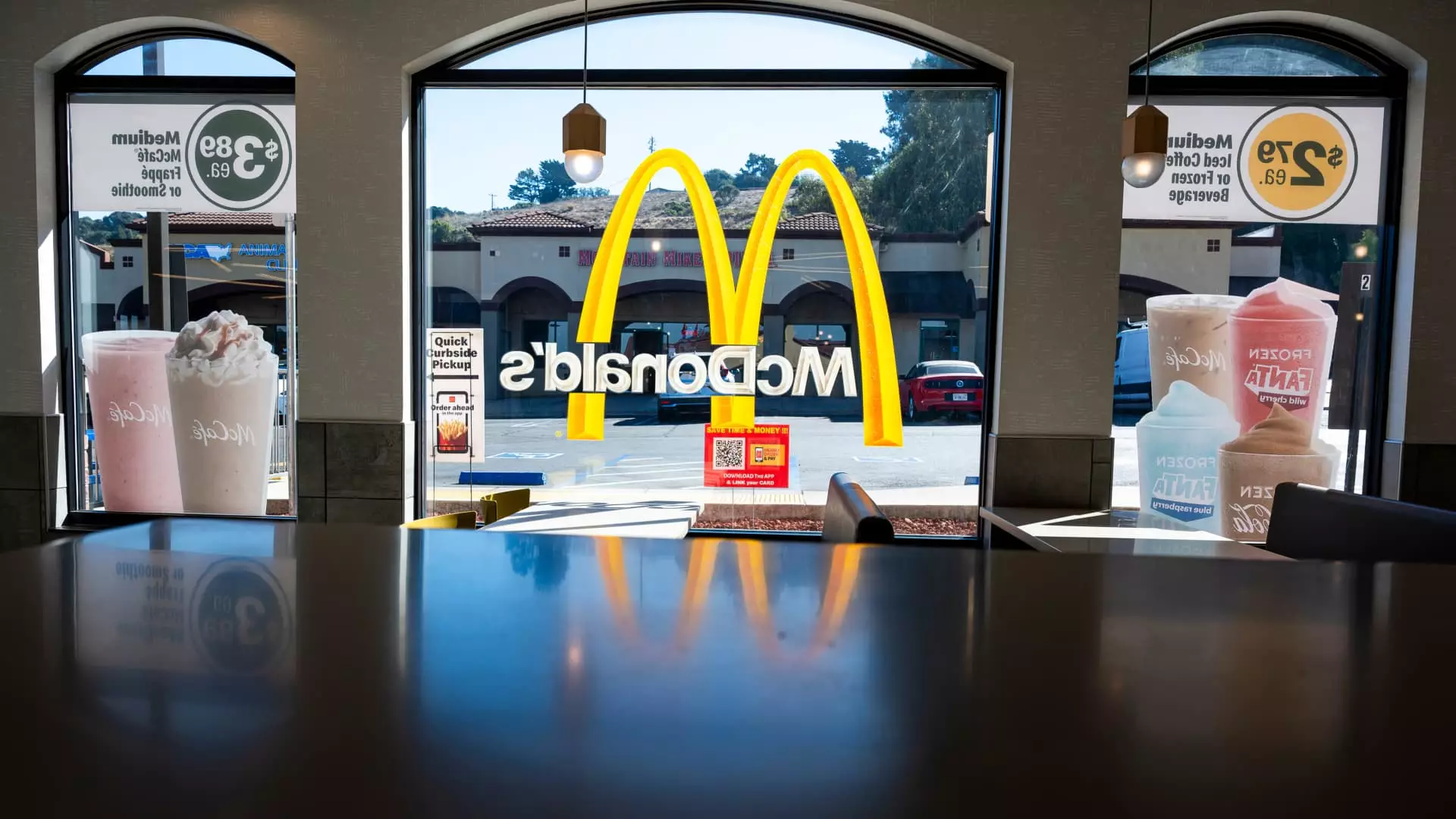The restaurant industry is no stranger to fluctuations and upheavals, but as we stand on the cusp of 2025, sentiment among executives is cautiously optimistic. This year’s challenges have ignited a flame of resilience among industry players, who are eager to leave 2024 behind. At a recent gathering at the Restaurant Finance and Development Conference in Las Vegas, Kate Jaspon, CFO of Inspire Brands, articulated the sentiments of many: “I don’t know about you guys, but I’m ready for ’24 to be behind us, and I think ’25 is going to be a great year.” With consumer habits shifting dramatically and economic pressures mounting, the questions arise: What does the future hold for restaurants in the coming year, and can the industry truly expect a revival?
The figures from this year paint a challenging portrait. The restaurant industry has faced bankruptcy filings soaring by over 50% when compared to 2023, presenting a stark reality for many establishments. Additionally, consistent declines in traffic to restaurants open for more than a year signal more profound issues at play. According to data from Black Box Intelligence, every month of 2024 through September has seen declining patronage year over year. Even some of the most dominant brands, such as McDonald’s and Starbucks, failed to deliver the expected growth, leading to disappointment amongst investors.
Despite these discouraging indicators, there are signs of life amidst the struggles, which have given rise to cautious optimism within the industry. The data from Revenue Management Solutions underscores this sentiment; restaurant traffic saw a promising rise of 2.8% in October when juxtaposed with the previous year. Such growth has been corroborated by executives from companies like Restaurant Brands International, which reported a fruitful October.
One significant factor contributing to optimism in 2025 is the recent decline in interest rates. The Federal Reserve’s decision to implement a second consecutive rate cut in November has rejuvenated hopes for those looking to expand or renew business ventures. For restaurants, this reduction equates to more affordable financing for opening new locations. The previous burdensome interest rates had certainly slowed growth trajectories, yet executive teams like that of Shake Shack remained unfazed by these economic headwinds. CFO Katie Fogertey expressed this sentiment well by noting that lower borrowing costs can shift consumer confidence and spending behaviors. This “psychological” easing could spur consumers to dine out more frequently, even on seemingly small expenses like a $5 burger—a behavior that hints at a broader recovery.
The environment for initial public offerings (IPOs) in the restaurant sector is also under scrutiny as valuations begin to stabilize, indicating potential market rejuvenation. Damon Chandik of Piper Sandler highlighted the ongoing preparations for upcoming IPOs, although he cautioned that the market remains selective. The successful IPO of Cava last year—its stock soaring by more than 500%—has yet to encourage other restaurant chains to follow suit, with Panera Bread’s confidential filing just languishing in the background.
Inspire Brands, known for its diverse portfolio, is being carefully watched as speculation mounts over its potential to make waves in the IPO space. The prospect of public offerings may reinvigorate investor interest and pave the way for industry leaders who were previously sidelined.
Despite burgeoning optimism, the path ahead isn’t devoid of hurdles. Concerns voiced by industry figures like Michelle Hook from Portillo’s underscore lingering uncertainties and competitive pressures as the new year approaches. Portillo’s has shocked the market with declining same-store sales for three consecutive quarters, emphasizing that not all chains enjoy growth. The persistent value wars, with established brands introducing appealing discount menus, are likely to lead to squeezed margins across the board.
Furthermore, the looming specter of reevaluated consumer spending habits, shaped by inflationary pressures, continues to cast shadows over expectations. While the threat of a recession may seem distant, consumer behavior may take longer to adapt given the prolonged period of inflated costs, leading to a cautious purchasing mindset.
As stakeholders in the restaurant industry collectively fix their sights on 2025, they find themselves grappling with a paradox of enthusiasm tempered by realism. While there are glimmers of growth and potential, the overarching landscape remains fraught with challenges. The ability of brands to innovate, adapt, and maintain their competitive edge will shape the industry’s trajectory in what promises to be another transformative year. As restaurants eagerly prepare to step into the new year, the journey ahead will significantly depend on their strategic responses to both opportunities and threats alike.

